As we looked for ways to improve our workflow, we reassessed the tools we used for collaboration and made adjustments by integrating Miro throughout our design process and migrating from Sketch to Figma.
For years, we’ve been using Miro for brainstorming sessions and workshops, but have recently encouraged designers to start their lo-fi work in Miro as well. We’ve found that wireframing in Miro helps designers’ focus on the UX versus the low-level UI details when starting a new project.
As part of a larger team transition, we’ve also moved from Sketch to Figma for hi-fi designs and prototyping. Design management created a roll-out plan dedicated to giving designers the education and time to make the transition successful. We had each member of the design team attend webinars on how to use Figma and encouraged cross-functional partners in engineering, product and research to attend sessions on collaborating in the tool. We also hired a design system designer before the transition. Once hired, that person dedicated their time to migrating our design system over to Figma prior to individual contributors moving their files.
This was a huge undertaking for our team but the benefits were clear. Figma is quickly becoming the design industry standard for cross-functional collaboration. It allows multiple people to be in the same file at once, has version history so you can see who changed what and when and offers support for managing an enterprise design system in a single tool. Figma, therefore, is the better tool for maintaining strong collaboration practices and an open, supportive work environment.

